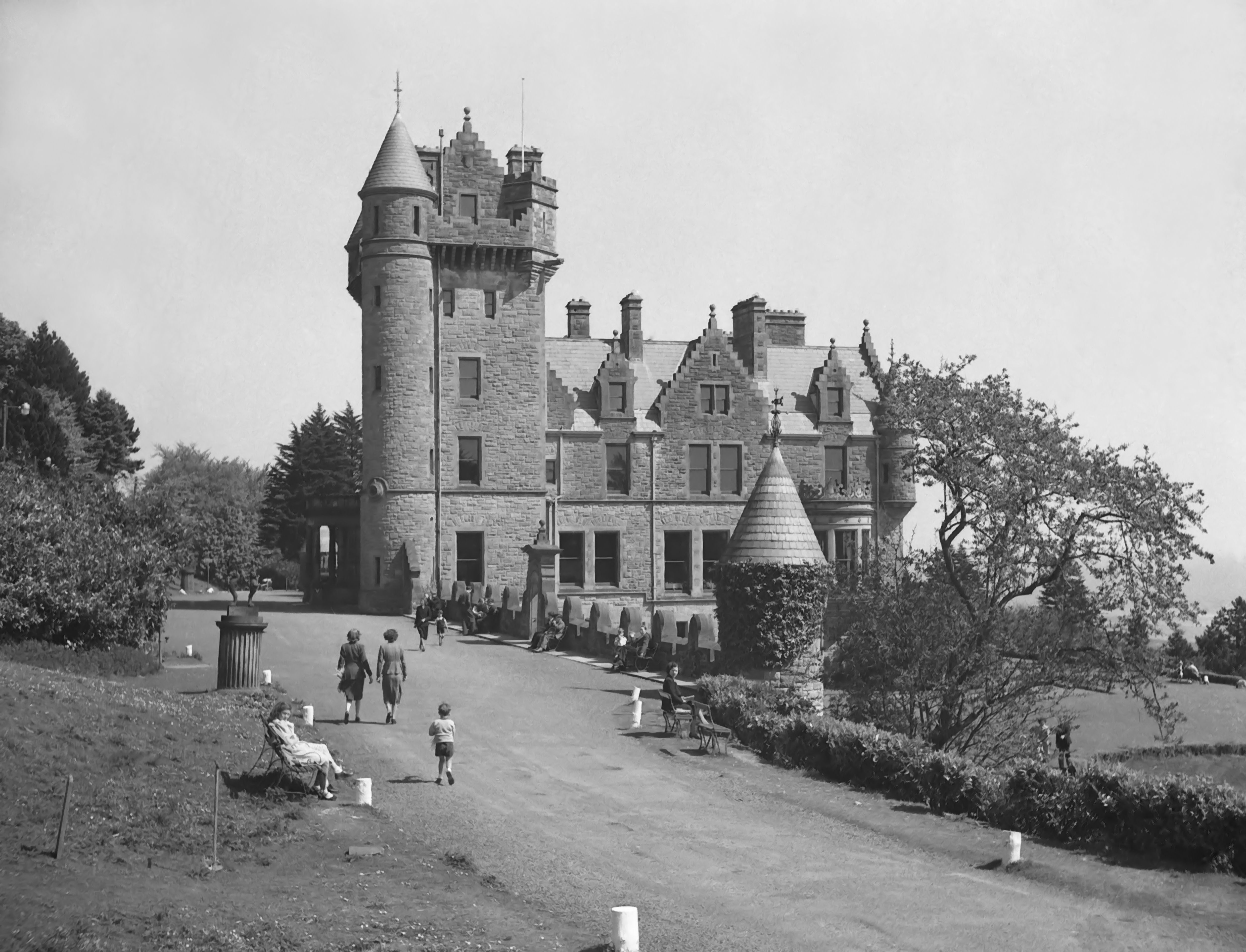Celebrating 90 years in 2024

This year Belfast Castle is celebrating a very important milestone anniversary. It is 90 years since the castle and its surrounding estate were gifted to the citizens of Belfast by the Right Honourable The Earl of Shaftesbury on 26 July 1934. The young earl, namely Anthony-Ashley Cooper, a dutiful and proud resident of the North Belfast area, served as Lord Mayor of Belfast in 1907, eventually becoming simply Lord Shaftesbury.
Following the gifting of the castle and estate to the city in 1934, Belfast Castle became a visitor attraction for many. Over the years, the venue has played host to many receptions, dances and high teas, while the landscaped gardens were opened to picnickers and day-trippers to enjoy.
In 2024, the castle will be commemorating its 90 years with an exciting programme of events. Stay tuned to our social media for more information.
View our 90th celebration events
About Belfast Castle
Belfast Castle is one of Belfast’s main visitor attractions with over 100,000 visitors per year.
Set on the slopes of Cave Hill Country Park, the castle is a talisman for the city. It has a commanding a view from 120 metres above the heart of Belfast.
With its deeply connected history, a sweeping driveway and beautiful landscaped gardens, the Castle attracts both tourists and local people. Many use the castle's country park as part of their daily routine.
The castle is renowned for its popular coffee shop and good reputation for food through the years.
The unique venue is home to several rooms suitable for conferences, social events and private functions. It is also popular with tours, cruise passengers and school groups.
Annually the castle hosts a number of large-scale public events, including wedding and event fairs, concerts, seasonal events and community gatherings.
The Origin
The first Belfast Castle was built by the Normans in Belfast city centre in the late 12th century. A second castle, made of stone and timber, was later constructed by Sir Arthur Chichester, Baron of Belfast, on the same site in 1611.
Sadly, the castle burned down almost 100 years later, leaving only street names, such as Castle Place, to mark its location.
Donegall Period
In 1862, the third Marquis of Donegall, a descendant of the Chichester family, decided to build a new castle within his deer park, situated on the side of Cave Hill in what is now north Belfast.
Designs for the new building were completed by architect John Lanyon and reflected the popular Scottish baronial style.
The castle was finished in 1870 and cost far more than the £11,000 set aside by the Marquis. In order to complete the building, he received financial help from his son-in-law, Lord Ashley, heir to the title of Earl of Shaftesbury.
Shaftesbury Period
When the third Marquis of Donegall died in 1884, the castle and its estate passed to Lord Ashley, the seventh Earl of Shaftesbury.
Lord Ashley and his wife, Harriet Augusta, as well as their ancestors, are remembered in many famous Belfast street names, such as Donegall Place, Donegall Square, Donegall Road and Shaftesbury Square.
The Donegall coat-of-arms appears over the front door and on the north wall of Belfast Castle. A section of the Shaftesbury crest also appears on the exterior staircase, now a popular spot for wedding photographs. This was not part of the original castle plans. Instead, it was added in 1894 by the ninth Earl of Shaftesbury as a present to his mother.
The Shaftesbury family were a generous donor to Belfast, supporting many charities and hosting garden fêtes in the castle grounds. The ninth Earl became Lord Mayor of Belfast in 1907 and chancellor of Queen's University in 1908.
The castle remained with the family for many years, before they eventually presented it and the surrounding estate to the city of Belfast in 1934.
Modern History
Between 1945 and the 1970s, Belfast Castle was a popular venue for wedding receptions, dances and afternoon teas.
In 1978, the castle closed as part of a £2 million refurbishment programme, overseen by Hewitt and Haslam Partnership architects. It reopened on 11 November 1988 and is a popular venue for weddings, business meetings, events and lunch.

)